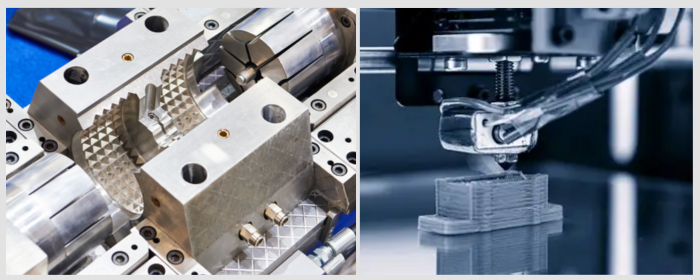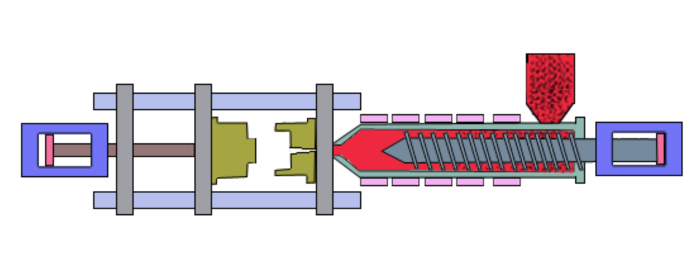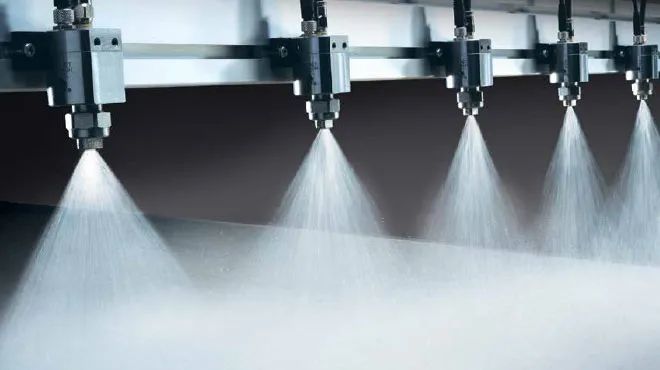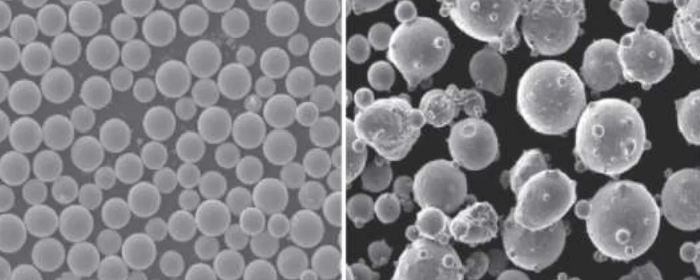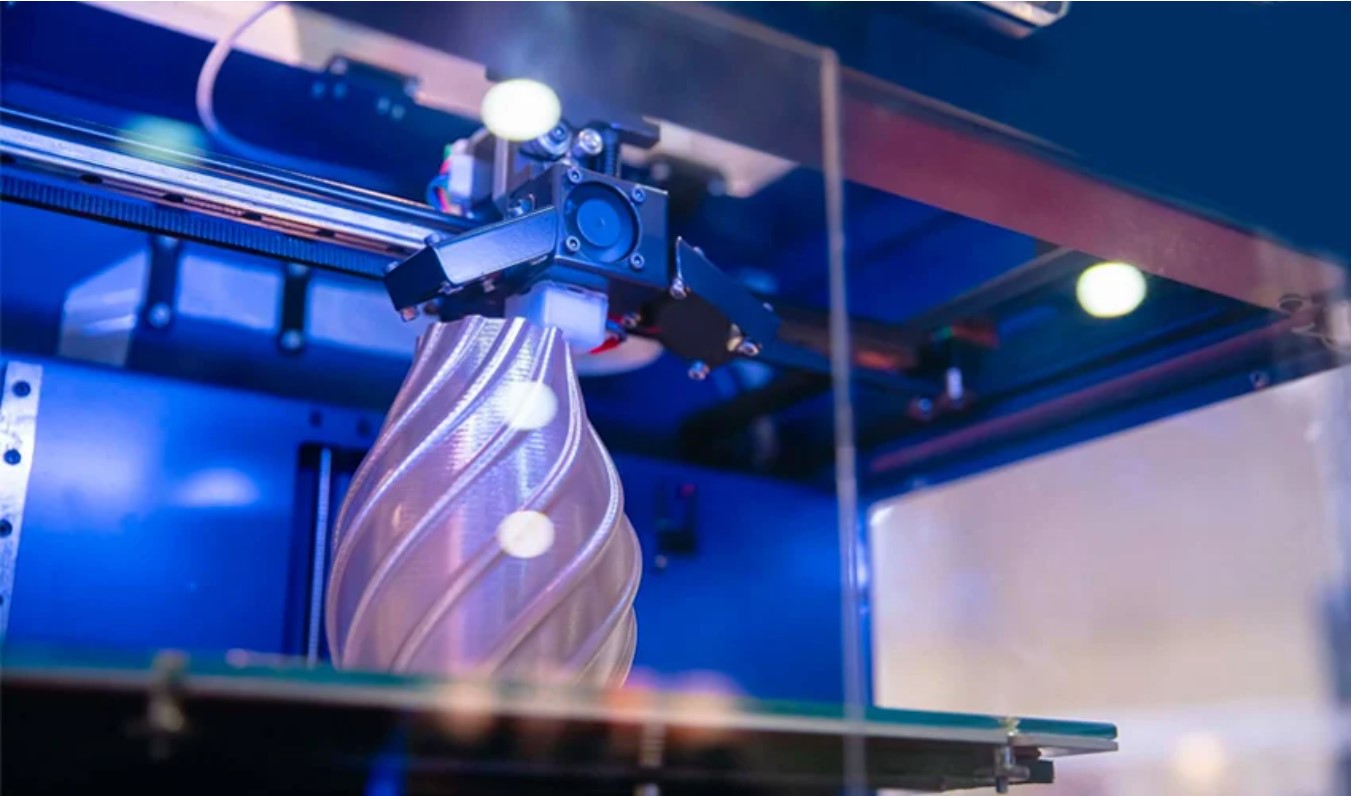

Tungsten powder (W powder), the powdered form of metallic tungsten, is the raw material used to produce tungsten processed materials, tungsten alloys, and tungsten products.
Tungsten powder is a grayish-black metallic powder with a metallic luster. Tungsten is the hardest of all metals, with a melting point of 3400°C and a boiling point of 5555°C. It exhibits remarkable chemical stability, remaining unreactive with air and water under normal conditions. It does not react with hydrochloric acid, sulfuric acid, nitric acid, or hydrofluoric acid of any concentration. However, it dissolves rapidly in a mixture of hydrofluoric acid and concentrated nitric acid, while being inert in alkaline solutions.
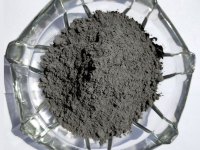
Fig 1. What is tungsten powder
Tungsten powder is typically prepared by the hydrogen reduction of tungsten trioxide (WO₃) or ammonium paratungstate (APT). This is the most commonly used and industrially advanced method.
The hydrogen reduction process generally occurs in two stages: in the first stage, at a temperature of 500-700°C, WO₃ is reduced to tungsten dioxide (WO₂); in the second stage, at a temperature of 700-900°C, WO₂ is further reduced to tungsten powder. The reduction reactions are usually carried out in tubular furnaces or rotary kilns.[i]
The properties of reduced W powder, such as purity, particle size, and particle size distribution, are primarily determined by the reduction process. As the reduction temperature increases, the particle size of W powder becomes coarser.
Besides the hydrogen reduction method, W powder can also be prepared by the earlier-used carbon reduction of tungsten oxide, which requires a reduction temperature above 1050°C. This method yields tungsten powder with lower purity. For special applications requiring high-purity, ultra-fine tungsten powder, the tungsten chloride hydrogen reduction method has been developed, which produces W powder with a particle size smaller than 0.05μm.
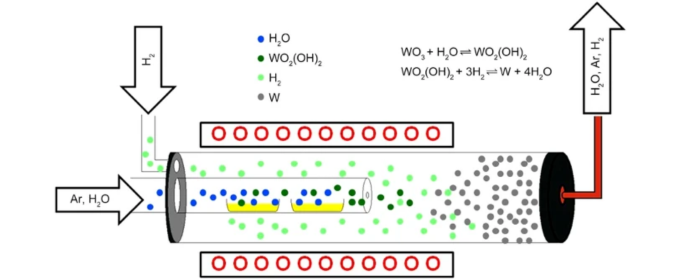
Fig 2. The preparation of tungsten powder
Tungsten powder is the primary raw material for producing powder metallurgy tungsten products and tungsten alloys. Pure tungsten powder can be processed into wires, rods, tubes, plates, and shaped products. When mixed with other metallic powders, it can be used to create various tungsten alloys, such as tungsten-molybdenum alloys, tungsten-rhenium alloys, tungsten-copper alloys, and high-density tungsten alloys.
Another important application of tungsten powder is its conversion into tungsten carbide powder, which is used to manufacture hard alloy tools such as cutting tools, milling cutters, drill bits, and molds.
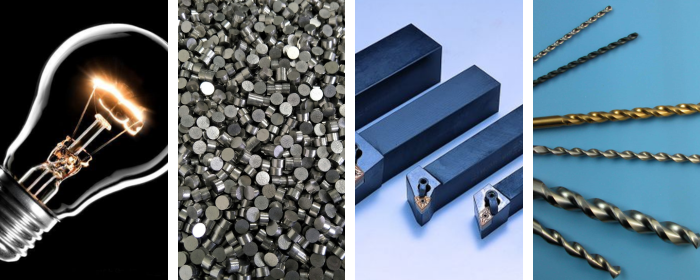
Fig 3. What Is W Powder Used for
The properties of tungsten powder directly affect the production of tungsten materials and the quality of tungsten powder metallurgy products. The use of tungsten powder is determined mainly by its purity and particle size.
From the perspective of purity, W powder with a purity greater than 99.95% is generally referred to as high-purity tungsten powder. It is primarily used in high-performance applications, such as electronic devices, aerospace materials, and ultra-high-temperature environments. These powders require strict control of impurity content to ensure excellent electrical conductivity, resistance to high-temperature oxidation, and mechanical properties.
Medium-purity W powder (99%-99.5%) is suitable for producing hard alloys and standard tungsten-based materials, offering stable performance for most industrial applications.
Low-purity W powder, such as those with purity below 99%, is often used in cost-sensitive fields, such as fillers or some powder metallurgy products where performance requirements are less stringent.
From the perspective of particle size, tungsten powders with particle sizes ranging from 1-50μm are the most commonly used. This size range is widely applied in the production of hard alloy tools, molds, and electronic components.
Of course, particle size is not the only focus; the uniformity of the particle size also directly affects the quality of the finished product. For example, in hard alloy production, uniformly sized powder particles form dense microstructures during sintering, improving the strength, wear resistance, and toughness of the alloy. In contrast, non-uniform particle sizes may lead to voids in the material.
Ultra-fine W powder is suitable for producing high-density and high-strength hard alloys, but the particle size distribution must be carefully controlled during use.
Coarse W powder (>50μm) is used for high-temperature protective coatings or specialized tungsten products. Although coarse powders have poorer processing performance, they are suitable for specific sintering environments.
In addition to purity and particle size, oxygen content is also an important factor in the application of tungsten powder.
Low oxygen content helps prevent performance degradation during sintering. Therefore, low-oxygen W powder (<0.05%) is suitable for applications requiring high material performance, such as aerospace, and high-density alloy products.
W powder with standard oxygen content (0.05%-0.2%) is suitable for conventional hard alloy production. Products less sensitive to oxygen content often use this type of powder.
High-oxygen W powder (>0.2%) is typically a result of insufficient secondary reduction and is used in applications with lower performance requirements, such as additives or fillers, though it requires deoxidation treatment before use.
Stanford Advanced Materials (SAM) provides tungsten powder and tungsten-based powders of different particle sizes and purity.
|
Type |
Purity |
Shape |
Particle Size |
|
Spherical W Powder |
≥99.95% |
Spherical |
50nm, 100nm, 1-10um, 5-25um, 15-45um |
|
W Powder |
≥99.95% |
Non-spherical |
0.5-45.0 μm or customized |
|
Nano Tungsten Powder |
>99.9% |
Spherical |
40-80nm; 30nm-1um (customized) |
|
Tungsten Rhenium Alloy Powder |
99.90% |
Non-spherical |
15-53μm, 45-105μm, or customized |
|
Tungsten Molybdenum Alloy Powder |
≥99.9% |
Spherical |
5-25μm, 15-45μm, 15-53μm, 45-75μm, 45-105μm, 75-150μm |
|
Nickel-coated Tungsten |
≥99.9% |
Spherical |
5-25μm, 15-45μm, 15-53μm, 45-75μm, 45-105μm, 75-150μm |
|
Copper-coated Tungsten |
99.90% |
Spherical |
5-25μm, 15-45μm, 15-53μm, 45-75μm, 45-105μm, 75-150μm |
|
Tungsten Carbide Cobalt |
99.90% |
Non-spherical |
5-30, 15-45, 45-105 μm, or customized |
|
Tungsten Carbide Powder |
≥99.8% |
Spherical |
0-25,15-53,45-105,75-150μm |
1. What is the density of tungsten (W) powder?
W powder has an extremely high density of 19.3 g/cm³, making it one of the densest metal powders available.
2. Is tungsten (W) powder hazardous? How should it be stored?
While W powder itself is not flammable, fine particles may pose a dust explosion risk. Store in sealed containers in a dry environment, away from open flames and oxidizers.
3. Does tungsten (W) powder oxidize easily?
W powder is resistant at room temperature but will oxidize when heated above 400°C. It is optimally worked in an inert environment.
4. What are the advantages of tungsten (W) powder for coatings?
[i] Ostermann, M., Dalbauer, V., Schubert, WD. et al. Preparation of nano-crystalline tungsten powders from gaseous WO2(OH)2. Tungsten 4, 60–66 (2022). https://doi.org/10.1007/s42864-021-00118-1

